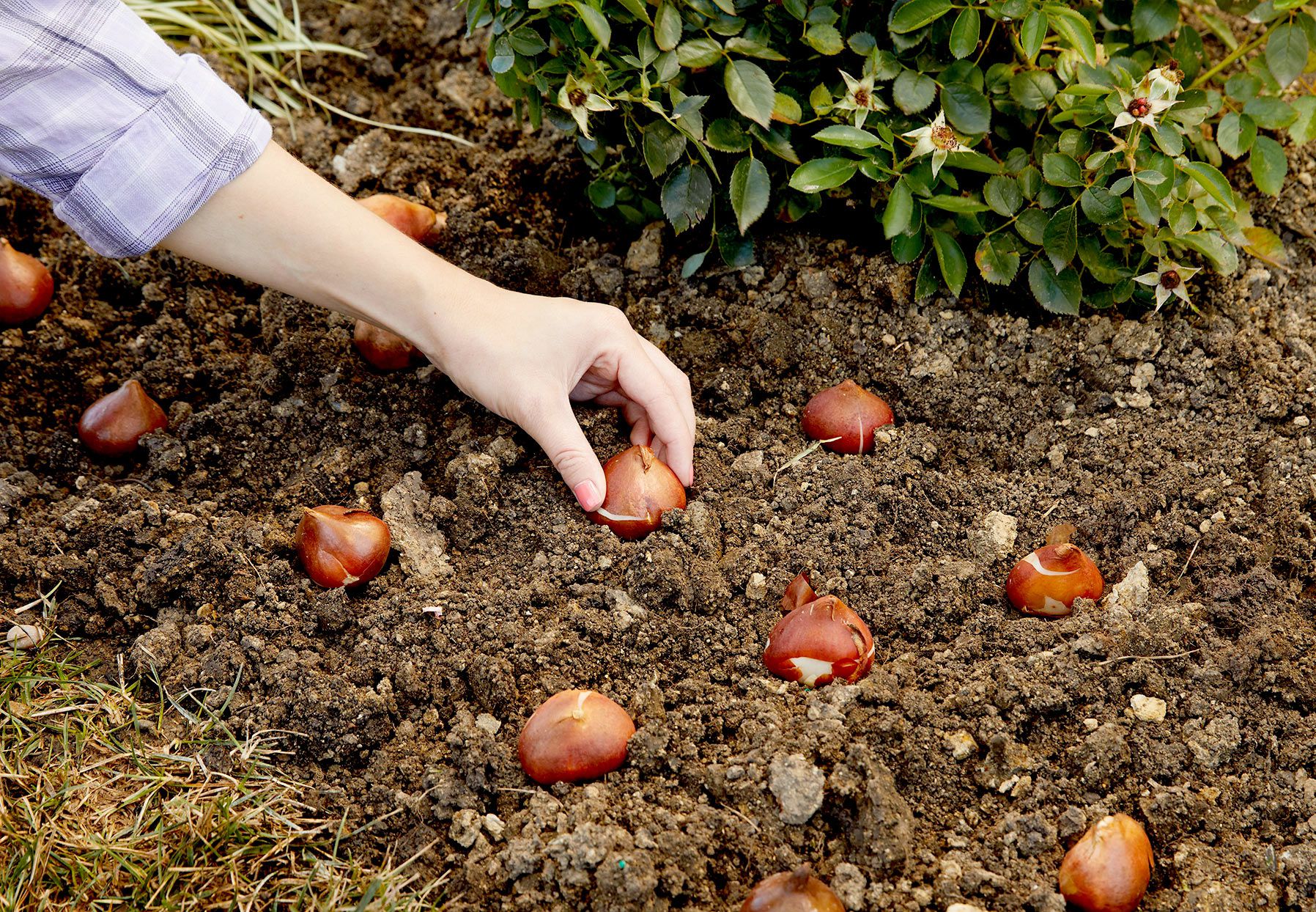Tulips are one of the most beloved spring flowers, adding vibrant colors and elegance to gardens around the world. If you want to enjoy a stunning spring display, it all starts with knowing how to plant tulip bulbs properly. Whether you’re a beginner or an experienced gardener, this guide will show you how to try this amazing how to plant tulip bulbs idea for a beautiful, flourishing garden.Why Plant Tulip Bulbs?Easy to grow: Tulips are low-maintenance and hardy.Early bloomers: They brighten gardens right at the start of spring.Variety of colors: Endless options from red and pink to yellow, white, and purple.Perfect for beginners: Simple planting steps with rewarding results.H2: Step 1 — Choose Healthy Tulip BulbsBefore planting, make sure to select firm, plump bulbs:Avoid soft, moldy, or shriveled bulbs.Pick bulbs appropriate for your climate (check local hardiness zones).Larger bulbs usually produce bigger, stronger flowers.Tip: Purchase bulbs in the fall, which is the ideal planting season for spring bloom.H2: Step 2 — Pick the Right LocationTulips thrive in:Full sun: At least 6 hours per day for best blooms.Well-draining soil: Avoid soggy areas to prevent rot.Sheltered spots: Protects from strong winds which can damage blooms.Consider planting tulips along pathways, flower beds, or in containers for a pop of spring color.H2: Step 3 — Prepare the SoilGood soil preparation ensures healthy growth:Loosen soil to 8–12 inches deep.Mix in compost or organic matter for nutrients.Ensure soil is slightly acidic to neutral (pH 6–7).Tip: If your soil is clay-heavy, add sand or grit to improve drainage.H2: Step 4 — Plant Tulip Bulbs CorrectlyFollow these steps for optimal growth:Plant pointy side up: The pointed end will grow into the stem.Depth: Plant bulbs 6–8 inches deep (3 times the bulb’s height).Spacing: Keep bulbs 4–6 inches apart to allow room for growth.Cover with soil: Gently firm the soil over the bulbs.Tip: For a natural look, plant in clusters rather than straight lines.H2: Step 5 — Watering and MulchingWater lightly after planting to settle the soil.Apply a thin layer of mulch to:Retain moistureSuppress weedsProtect bulbs during winterAvoid overwatering; tulip bulbs are prone to rot in soggy soil.H2: Step 6 — Caring for Tulips After PlantingWinter care: Tulips need a cold period to bloom; mulch helps insulate them.Spring care: Remove mulch as shoots emerge and water if spring is dry.Fertilize: Apply a balanced fertilizer in early spring to promote strong flowers.Deadhead: Remove spent blooms to encourage bulb strength for the next season.H2: Tulip Planting Tips for SuccessPlant bulbs in fall, 6–8 weeks before the first frost.Choose disease-resistant varieties if possible.Protect bulbs from squirrels and rodents using wire mesh or bulb cages.Mix tulip colors for eye-catching combinations in your garden.Rotate planting locations yearly to avoid soil-borne diseases.H2: Fun Tulip Garden IdeasLayered planting: Mix tulips with daffodils or hyacinths for continuous blooms.Container gardening: Tulips grow beautifully in pots for patios or balconies.Borders and pathways: Plant along edges for a vibrant, welcoming display.Naturalize: Scatter bulbs in lawns or meadows for a wild, natural look.ConclusionWith the right bulbs, location, and care, you can enjoy a spectacular spring garden filled with vibrant tulips. By following these steps, you can try this amazing how to plant tulip bulbs idea and create colorful blooms year after year. Tulips are easy, elegant, and endlessly rewarding — a perfect choice for any garden lover.Plant your tulip bulbs this fall, and get ready to enjoy the stunning beauty of spring!

